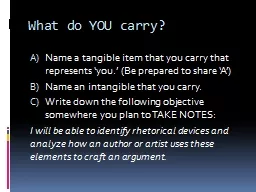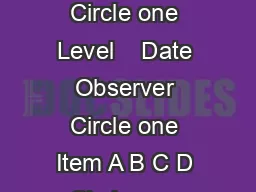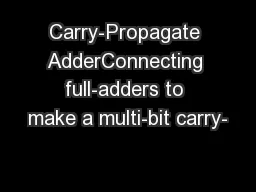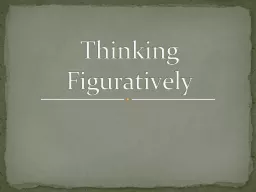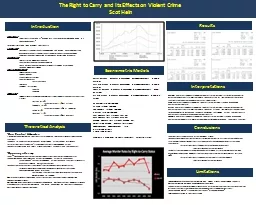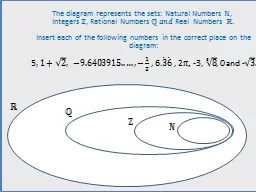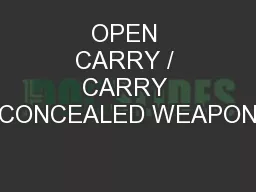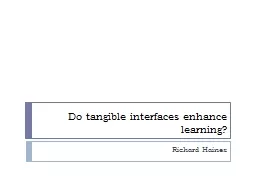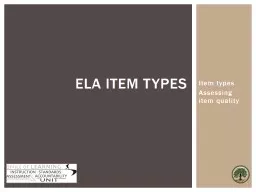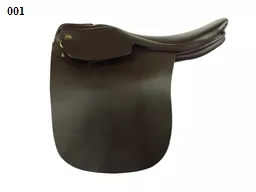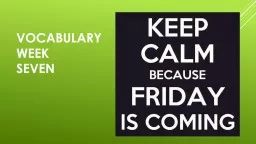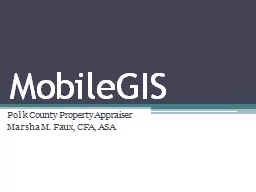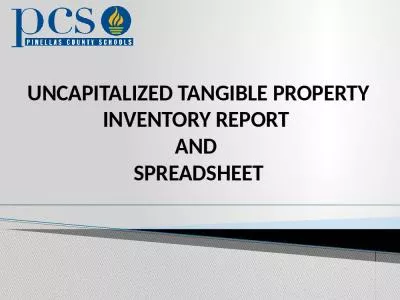PPT-What do YOU carry? Name a tangible item that you carry that represents ‘you.’ (Be
Author : tatiana-dople | Published Date : 2018-10-13
Name an intangible that you carry Write down the following objective somewhere you plan to TAKE NOTES I will be able to identify rhetorical devices and analyze
Presentation Embed Code
Download Presentation
Download Presentation The PPT/PDF document "What do YOU carry? Name a tangible item ..." is the property of its rightful owner. Permission is granted to download and print the materials on this website for personal, non-commercial use only, and to display it on your personal computer provided you do not modify the materials and that you retain all copyright notices contained in the materials. By downloading content from our website, you accept the terms of this agreement.
What do YOU carry? Name a tangible item that you carry that represents ‘you.’ (Be: Transcript
Download Rules Of Document
"What do YOU carry? Name a tangible item that you carry that represents ‘you.’ (Be"The content belongs to its owner. You may download and print it for personal use, without modification, and keep all copyright notices. By downloading, you agree to these terms.
Related Documents

